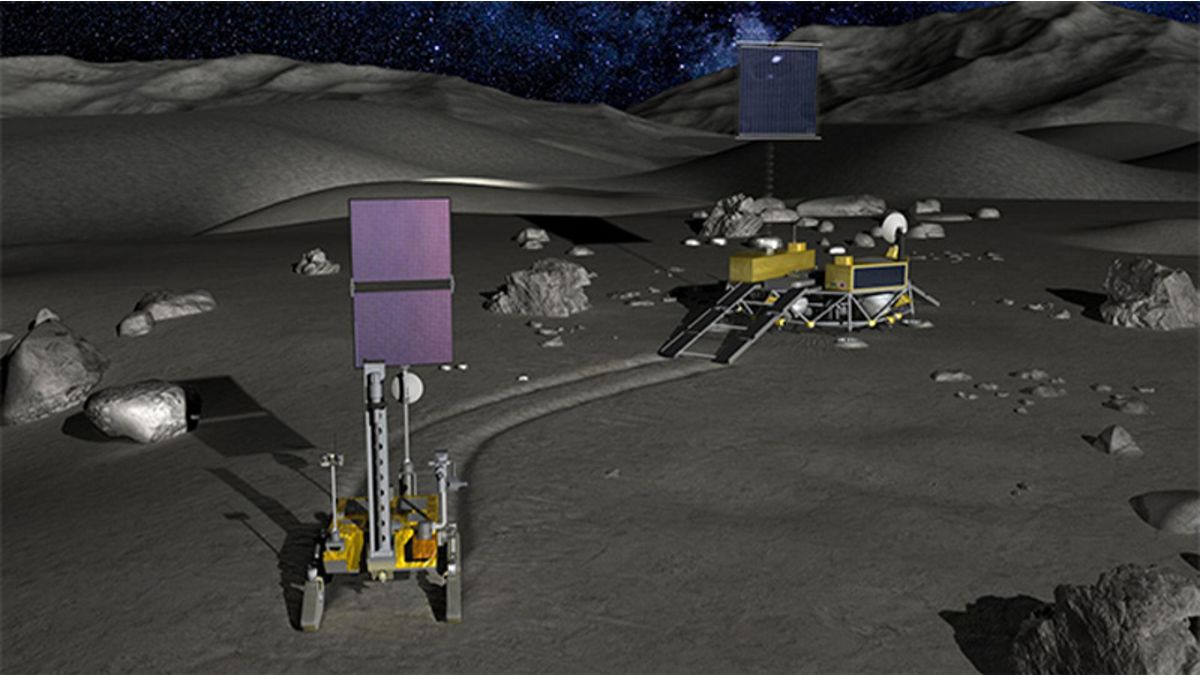After the success of Chandrayaan-3, India is poised to advance its lunar ambitions with the approval of the Lunar Polar Exploration Mission (Lupex) by the National Space Commission. This mission represents a significant step in India’s ongoing quest to explore the Moon.
Collaborative Effort with Japan
The Lupex mission is a joint initiative between the Indian Space Research Organisation (ISRO) and the Japan Aerospace Exploration Agency (JAXA). It is part of India’s broader lunar roadmap, which aims to eventually send astronauts to the Moon and safely return them.
Unique Mission Duration
One of the distinguishing features of the Lupex mission is its extended duration. The mission is expected to operate for up to 100 days on the lunar surface, significantly longer than Chandrayaan-3’s mission duration.
Investigating Lunar Resources
Lupex will specifically target the lunar south pole (90-degree latitude) to investigate the presence of water and other valuable resources on the Moon. The mission aims to:
- Analyze the quantity and distribution of water on the lunar surface and below ground.
- Study the interactions between water and dry regolith, the layer of loose rock and dust atop the Moon’s bedrock.
Exploration of Permanently Shadowed Regions
The Indo-Japanese mission will also explore permanently shadowed regions on the Moon, which are areas that never receive sunlight. This exploration will involve:
- Drilling and conducting in-situ experiments to gain insights into the lunar surface.
Future Aspirations
Anil Bharadwaj, director of the Physical Research Laboratory (PRL), emphasized the mission’s importance for future lunar sampling missions and human landings by 2040. He stated, “In our previous lunar missions, we have already successfully demonstrated orbiting, landing, and rovering. The next step is that we should bring something back from the moon.”
Launch Vehicle and Rover Design
According to Nilesh Desai, director of the Space Applications Centre at ISRO, the mission will utilize a Japanese rocket as the launch vehicle. The lander will be developed by ISRO, while JAXA will design the rover, which is expected to weigh around 350 kg—much larger than Chandrayaan-3’s Pragyan rover, which weighed 26 kg.
Advanced Scientific Instruments
The ISRO-designed lander will be equipped with sophisticated scientific instruments, including:
- Ground-penetrating radar
- Mid-infrared spectrometer
- Raman Spectrometer
- The Permittivity and Thermophysical Investigation for Moon’s Aquatic Scout (PRATHIMA) payload
Additionally, Japanese sensors will be integrated to enhance lunar research capabilities.
Progress and Future Steps
Lupex is expected to undergo cabinet clearance soon, as indicated by ISRO chairman S. Somanath. Large-scale joint missions typically involve multiple phases of detailed discussions and technical planning before hardware development, integration, and testing commence. Despite delays due to COVID-19, the mission’s progress remains steady.
Recent Lunar Exploration Milestones
India and Japan have made significant strides in lunar exploration recently:
- In August 2023, Chandrayaan-3 achieved a successful landing near the lunar south pole, making India the fourth country to land on the Moon.
- In January 2024, Japan’s Smart Lander for Investigating Moon (SLIM) successfully landed, marking Japan as the fifth country to achieve this feat.
Multiple Choice Questions (MCQs):
- What is the main goal of the Lunar Polar Exploration Mission (Lupex)?
- A) To establish a lunar base
- B) To investigate the Moon for water and other resources
- C) To send astronauts to Mars
- D) To create a lunar telescope
Answer: B) To investigate the Moon for water and other resources
- How long is the Lupex mission expected to last on the lunar surface?
- A) 30 days
- B) 50 days
- C) 100 days
- D) 150 days
Answer: C) 100 days
- Which agencies are collaborating on the Lupex mission?
- A) NASA and ESA
- B) ISRO and JAXA
- C) CNSA and ISRO
- D) NASA and ISRO
Answer: B) ISRO and JAXA
- What unique feature will the Lupex rover possess compared to Chandrayaan-3’s Pragyan rover?
- A) It will be smaller in size
- B) It will have advanced AI capabilities
- C) It will weigh significantly more
- D) It will be able to fly
Answer: C) It will weigh significantly more
- What scientific instruments will the ISRO-designed lander include?
- A) Thermometer and barometer
- B) Ground-penetrating radar and Raman Spectrometer
- C) Camera and spectroscope
- D) Weather station and seismometer
Answer: B) Ground-penetrating radar and Raman Spectrometer
)